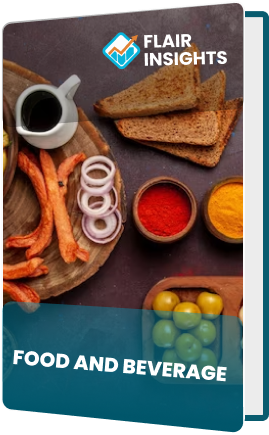
Global Agricultural Innoculants Market Size By Type (Type I, Type II), By Application (Application I, Application II), By Region, And Segment Forecasts, 2023 to 2032
Report Id: 10900 | Published Date: Feb 2023 | No. of Pages: | Base Year for Estimate: Feb 2023 | Format:
The Global Agricultural Inoculants Market was valued at USD 5.5 billion in 2023 and is projected to reach USD 9.8 billion by 2031, registering a CAGR of 7.5% during the forecast period from 2023 to 2031. The market is driven by the rising adoption of sustainable farming practices, increasing demand for organic and environmentally friendly agricultural products, and technological advancements in biofertilizers and soil enhancers. Agricultural inoculants improve plant health by promoting beneficial microbial activity, enhancing nutrient absorption, and increasing crop yields.
Drivers:
Growing Demand for Sustainable Agriculture:
The shift towards eco-friendly farming practices is accelerating the adoption
of agricultural inoculants to reduce chemical fertilizer usage and improve soil
health.
Increasing Awareness of Soil Health: The
need for better soil management and restoration of soil fertility has boosted
the demand for microbial inoculants.
Rising Global Food Demand: Population
growth and urbanization are driving the need for higher crop productivity,
fostering inoculant adoption.
Restraints:
High Costs of Inoculant Products: The price
sensitivity among farmers, especially in developing regions, limits widespread
adoption.
Lack of Awareness in Emerging Markets:
Limited knowledge about the benefits of agricultural inoculants among
small-scale farmers hinders market penetration.
Opportunity:
Advancements in Microbial Research: New
technologies are enabling the development of highly effective, specific, and
sustainable inoculants tailored to various crop types.
Expansion in Emerging Economies: Growing
agricultural activities in Asia-Pacific and Africa present lucrative growth
opportunities for the market.
Market
by System Type Insights:
The Rhizobium-based inoculants segment held
the largest share in 2023, driven by its application in legumes to enhance
nitrogen fixation. Other prominent segments include Phosphate-solubilizing inoculants
and Mycorrhizal inoculants, which are gaining traction for improving soil
nutrient availability.
Market by End-Use Insights:
The Cereal and Grains segment dominated the
market in 2023, attributed to the increasing cultivation of staple crops like
wheat, rice, and corn. The Vegetables and Fruits segment is also anticipated to
witness significant growth due to the rising demand for organic produce.
Market
by Regional Insights:
North America: The largest market share in
2023, supported by the widespread adoption of organic farming and the presence
of leading market players.
Asia-Pacific: Expected to exhibit the
highest CAGR during the forecast period due to rapid agricultural development
in India and China, coupled with government initiatives promoting bio-based
farming solutions.
Competitive
Scenario:
Key players in the Global Agricultural
Inoculants Market include BASF SE, Novozymes A/S, Corteva Agriscience, Bayer
AG, and Rizobacter Argentina S.A. These companies focus on product innovation,
strategic partnerships, and expanding their geographical presence. Notable
developments include:
2023: BASF SE launched a new range of
inoculants for cereal crops to enhance nitrogen fixation.
2024: Corteva Agriscience partnered with
leading agricultural institutions to develop advanced bioinoculant
formulations.
Scope
of Work – Global Agricultural Inoculants Market
|
Report
Metric |
Details |
|
Market Size (2023) |
USD 5.5 billion |
|
Projected Market Size (2031) |
USD 9.8 billion |
|
CAGR (2023-2031) |
7.5% |
|
Key Segments |
By Inoculant Type, By Crop Type, By
Region |
|
Growth Drivers |
Adoption of sustainable agriculture,
rising awareness of soil health |
|
Opportunities |
Emerging markets, advancements in
microbial inoculants |

Speak with an analyst to get exclusive insights tailored to your needs
.png)
